Green Building Trends in Condo Developments
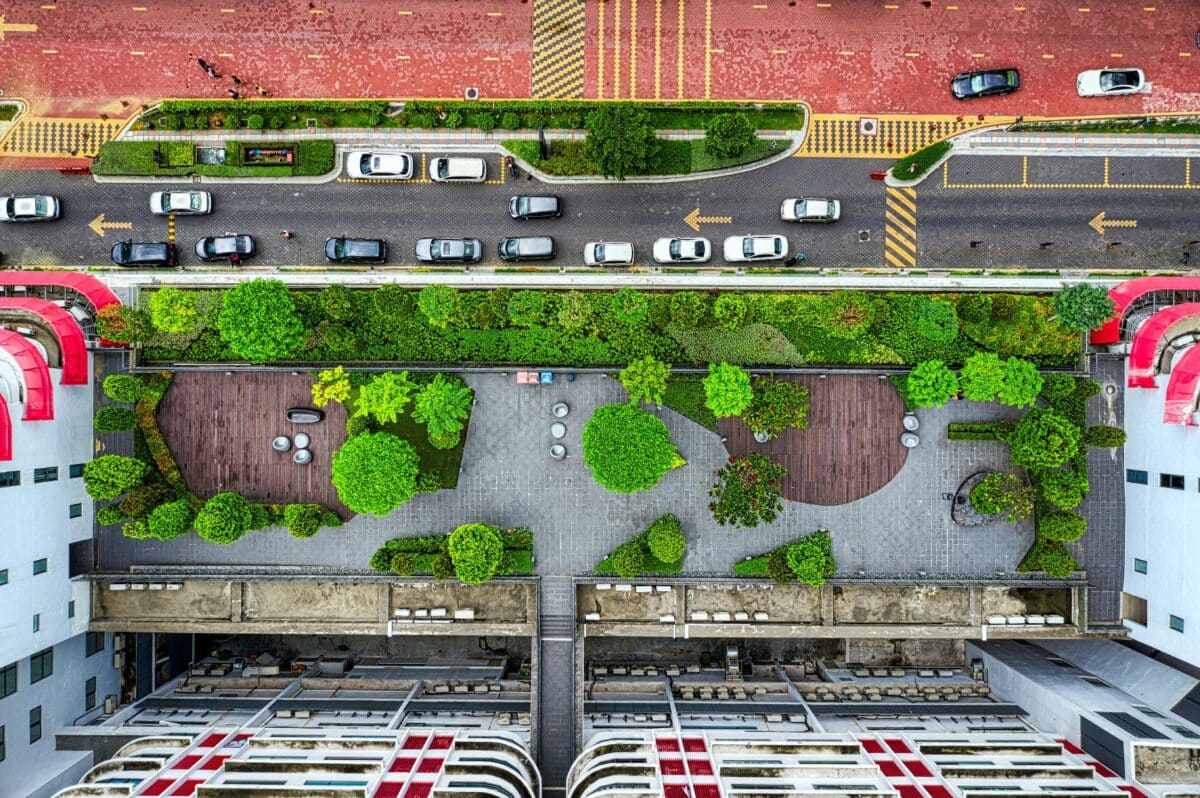
Funny thing happened in 2024, Canada landed second place worldwide for LEED-certified buildings. Second. Kinda nuts when you think about it, especially for a place where half the year’s basically one giant construction zone.
But yes, these days are looking different. Canada’s cities are slowly getting greener. And I don’t just mean a few plants here and there. Rooftop gardens, solar panels, and even modular buildings are popping up.
It’s not hype anymore, though. Materials are smarter. Energy systems actually work. Buildings last longer than a couple of decades. Ottawa’s got everyone spooked with net-zero codes coming in 2030, so Ontario’s developers are in full panic mode trying to bake sustainability into everything before it becomes mandatory.
Hi, I’m Jatin Gill. We’re gonna look at what’s pushing all this, where it goes next, and whether it actually changes what home means going forward.
The Rise of Green Building in Ontario Condo Developments
Been to a condo launch in Toronto or other Ontario cities recently? Something feels off. Or maybe on, depending on how you look at it.
Could be the heat pumps humming in the background. Could be developers actually sweating the small stuff, insulation, water systems, all that boring infrastructure nobody used to care about. Green building stopped being this fringe thing sometime last year, and now it’s just… everywhere.
Canada hit second place globally for LEED-certified space in 2024. Over 10 million square meters. And here’s what matters, most of it’s multi-residential. Real buildings. Where actual people live, not just shiny photo-op towers.
So why now? Why 2025?
Three things, mostly:
- Government incentives, rebates and grants for renewable upgrades like CMHC’s Eco Products
- Buyer demand, people want homes that don’t bleed heat or guilt
- Regulations, updated codes pushing builders toward net-zero by default
Some key trends are shaping these projects:
- Modular and prefab construction: Faster builds with lower carbon footprints are gaining popularity.
- Resilience focus: Condos are being designed to withstand climate stresses, which is critical in uncertain markets.
- Affordability integration: Even social housing is getting green upgrades, think ultra-efficient apartments at around $85/month for energy.
Put simply, sustainability isn’t just for luxury towers anymore. It’s spreading through the market, making condos smarter, cheaper to run, and better prepared for the long haul.
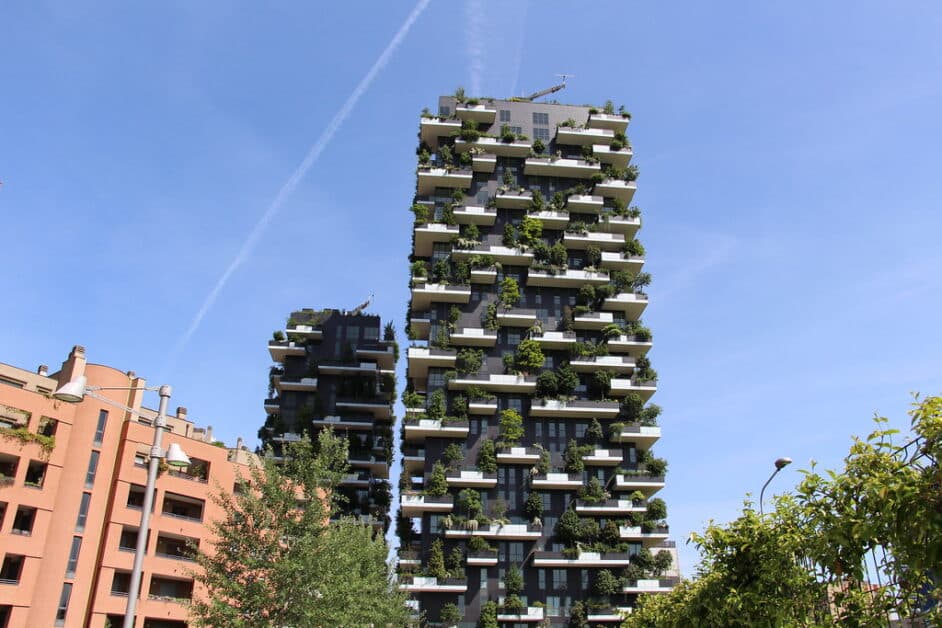
Energy Efficiency Practices in New Condos
Energy efficiency. Sounds like a snooze-fest, right? Except in condos, that’s where the actual dollars live.
Developers have stopped pretending they care about green certifications just for PR. They’re building stuff that doesn’t hemorrhage power because, shock, it saves money. Less energy burned, lower bills, tenants stop complaining, and the carbon footprint shrinks. Win-win-win.
Ontario’s gotten weirdly good at this in 2025. You’ve got advanced insulation and triple-pane windows, chopping heat loss by 40%. Heat pumps and solar setups? Knocking 20–30% off energy use compared to what we built half a decade ago. And most of it’s invisible, buried in walls, doing its job while your utility costs mysteriously drop.
What’s actually moving the needle:
- High-performance envelopes: Fat insulation, airtight seals, windows that don’t betray you in January
- Heat recovery systems: Snatching warmth from exhaust air and wastewater, sounds small, adds up fast
- Renewable integration: Solar panels, batteries, the full net-zero package
- Smart tech and IoT controls: Lights, heat, energy monitors all talking to each other, cut bills 10–30%
- Low-carbon materials: Mass timber, recycled concrete, basically anything that doesn’t carry a ton of embedded emissions
Thing is, it’s not just about shiny tech. The whole approach is different now. Buildings that work alongside the weather instead of battling it constantly. Some catch rainwater. Others bring back natural airflow, like we forgot that used to be a thing.
And, the fancy stuff from 2020? That’s baseline now. Efficiency stopped being optional. Which is maybe the first genuinely encouraging trend I’ve seen in real estate in years.
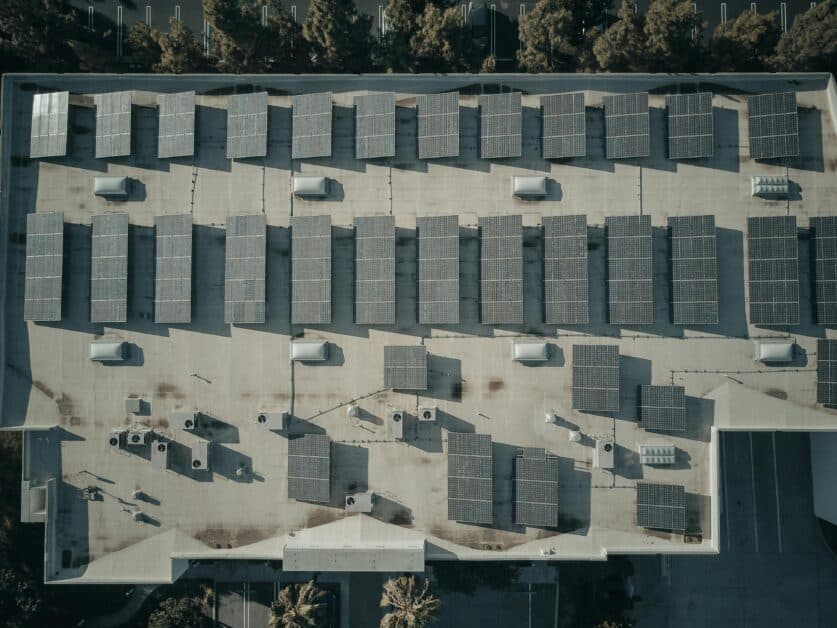
Green Amenities and Sustainable Features
Okay, so sustainability used to live in the mechanical room, where nobody thought about it. Now it’s everywhere. Rooftops. Courtyards. The bike rack. You name it!
Turns out people don’t actually care that much about efficient furnaces they never see. They want spaces that don’t feel suffocating. A bit of green. Some air that doesn’t taste like exhaust. Maybe a corner where they’re not stacked on top of 300 strangers like sardines.
New condos are catching on. Finally.
What’s showing up everywhere now:
- Green roofs and vertical gardens: Look nice, cool things down, soak up stormwater when it decides to dump on us (Toronto can’t build these fast enough, apparently)
- EV infrastructure: Charging stations are just… there now. Like mailboxes used to be
- Water conservation systems: Rainwater collection, greywater reuse, fancy low-flow toilets, shave 30% off water use
- Community sustainability hubs: Composting areas that don’t reek, bike storage you’d actually use, recycling that makes sense for once
- Health-first design: Non-toxic paint, windows that open, plants indoors, basic stuff we somehow forgot mattered
Does it cost more? Yes. Five to ten percent usually. But you claw some back through rebates and lower bills, plus there’s that whole not-feeling-guilty-about-existence thing. And resale’s better.
Some people call it eco-luxury. I just think it’s buildings that don’t make you depressed.
Point is, these days, this stuff stopped being a bonus feature. It’s baseline.
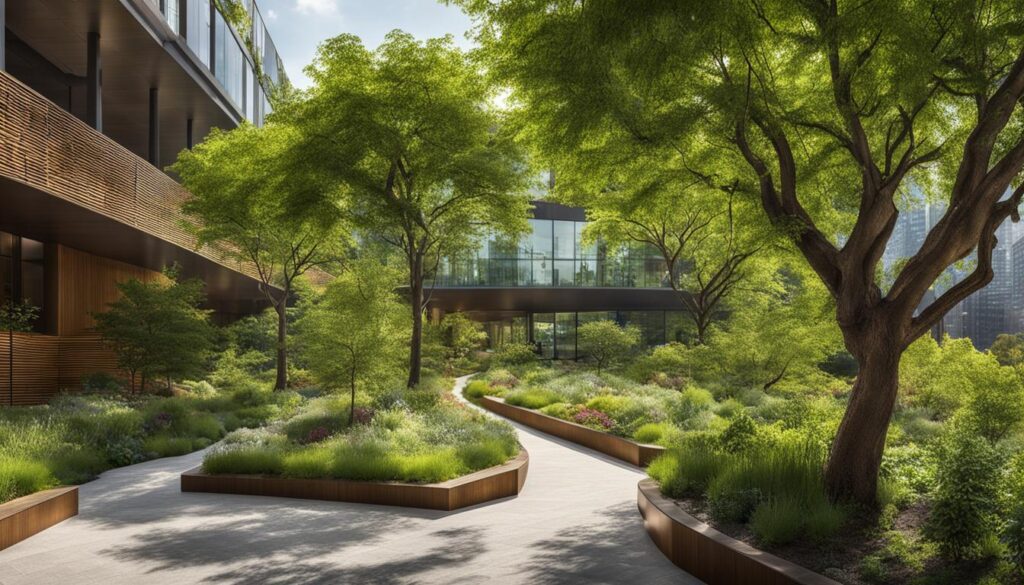
LEED Certifications and Other Standards
You’ve seen those plaques in condo lobbies. “LEED Gold.” “LEED Platinum.” Maybe wondered if they actually mean anything or if it’s just fancy wall decoration.
Turns out there’s something to it. LEED, Leadership in Energy and Environmental Design, if you’re into full names, became the benchmark for whether a building’s genuinely sustainable or just pretending.
Ontario developers are chasing these certifications hard. Not because they suddenly grew a conscience, but because LEED condos move faster. And they pull better resale prices. Buyers treat “LEED-certified” the way they used to treat granite countertops, proof you’re getting something decent.
Why it matters:
- Higher market value: Verified green features = actual equity gains
- Incentives and rebates: Feds throw money at ENERGY STAR, BOMA BEST, LEED projects
- Pathways to net-zero: Lines up with Canada’s 2025–2030 building code push
- Other standards gaining traction: Passive House for extreme efficiency nuts, WELL for health-obsessed types
What’s kinda cool is how these standards stack. One obsesses over energy performance. Another cares about indoor air quality and whether your apartment’s slowly poisoning you. Combined? You get a clearer picture of what “green” actually means beyond solar panels and good PR.
The certification process is a nightmare, though. Mountains of paperwork, audits, and documentation nobody enjoys. But in a market where every new tower claims to be eco-friendly, that LEED badge carries weight. It’s not just a sticker; it’s proof someone verified the claims instead of just slapping “sustainable” in the brochure.
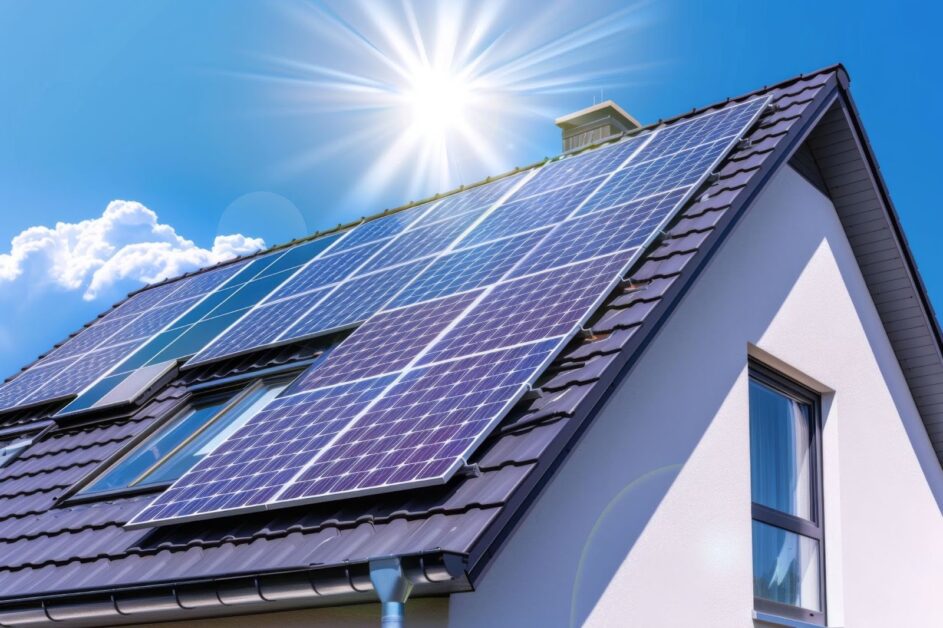
Benefits and Challenges for Investors and Buyers
Fact: Investing in green condos isn’t some feel-good tree-hugging thing. It’s about money. Future money, sure, but still money.
Energy-efficient buildings hold value better. They pull in tenants who actually pay rent on time. Operating costs don’t randomly explode because some ancient boiler finally gave up. Sustainability stopped being a nice idea and became one of the smarter plays in real estate.
Why it works:
- Lower operating costs: Smart systems and renewables slash utility bills. Matters a lot when you’re heating through February in Ontario
- Higher market appeal: Green units rent or sell for more because buyers finally care about performance, not just shiny countertops
- Environmental impact: Smaller carbon footprint, which sounds fluffy but actually matters to the people buying units now
- Resilience: Built for heat waves, floods, all those “once-in-a-century” disasters we’re getting every eighteen months now
But yes, there’s a catch. Upfront costs run 5–10% higher. Some developers bail on green features when the market gets shaky. Though government rebates and modular construction are starting to close that gap.
If you mapped it out, costs versus ROI, adoption rates, market impact, short term looks pricier. Long term, though? Math tilts hard toward green.
Because sustainability isn’t trendy anymore. It’s just smart planning. And if you’re dropping serious money on real estate, you probably want the version that doesn’t become obsolete in ten years.
Read: How to Calculate ROI on a Pre-Construction Condo
Bottom Line
If 2025’s shown us anything, it’s that green building stopped being a specialty thing. It’s just… building now.
Energy-smart materials. Rooftop gardens. LEED certifications everywhere. Ontario’s condo scene is reshaping what sustainable living actually looks like. And it’s not just about saving power; these buildings handle weather better and cost less over time.
Want to know which new developments are actually doing this right? Contact us at Platinum Condo Deals. We’ll point you toward homes and investments built to last through market shifts, code changes, and whatever climate chaos comes next.
Jatin Gill, an esteemed authority in real estate writing, is celebrated globally for his unparalleled expertise. With over 20 years in the industry, he has authored more than 1,000 SEO-friendly articles covering every facet of real estate. Specializing in pre-construction projects, Jatin's extensive knowledge spans all real estate topics. His content is a go-to resource for anyone seeking comprehensive, insightful, and up-to-date information in the real estate market.
Learn MoreFAQs
In simple terms, it’s a construction designed to minimize environmental impact, reducing energy use, cutting emissions, and creating healthier spaces for people to live in.
Energy costs, climate awareness, and buyer demand are converging. People want homes that perform better, for their wallets and the planet.
Usually, yes, about 5–10% more upfront. But those costs are often offset by lower energy bills, rebates, and higher resale values. It’s the long game that counts.
Triple-glazed windows, smart thermostats, solar panels, EV chargers, and tight insulation. Basically, anything that keeps heat in, costs down, and the environment happy.
LEED focuses on environmental performance, Passive House on energy efficiency, and WELL on occupant health and wellness. Some developments aim to blend all three.
Additional Resources
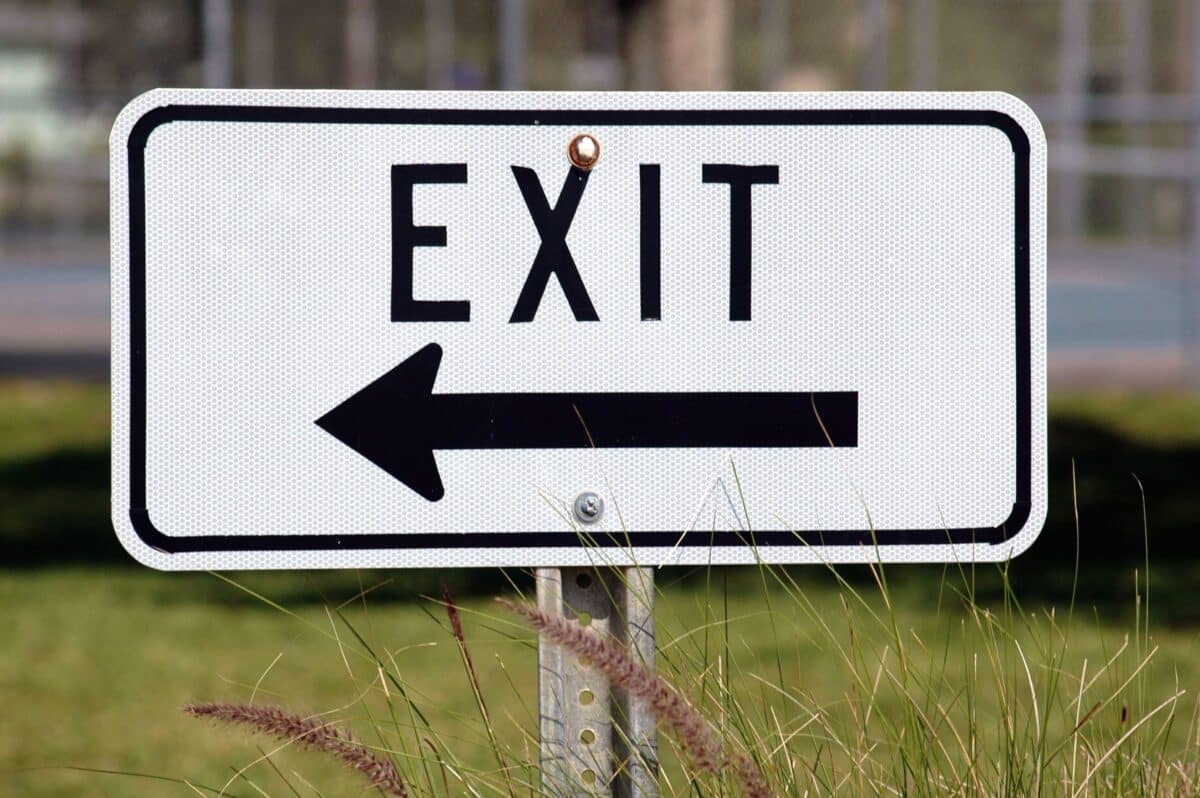


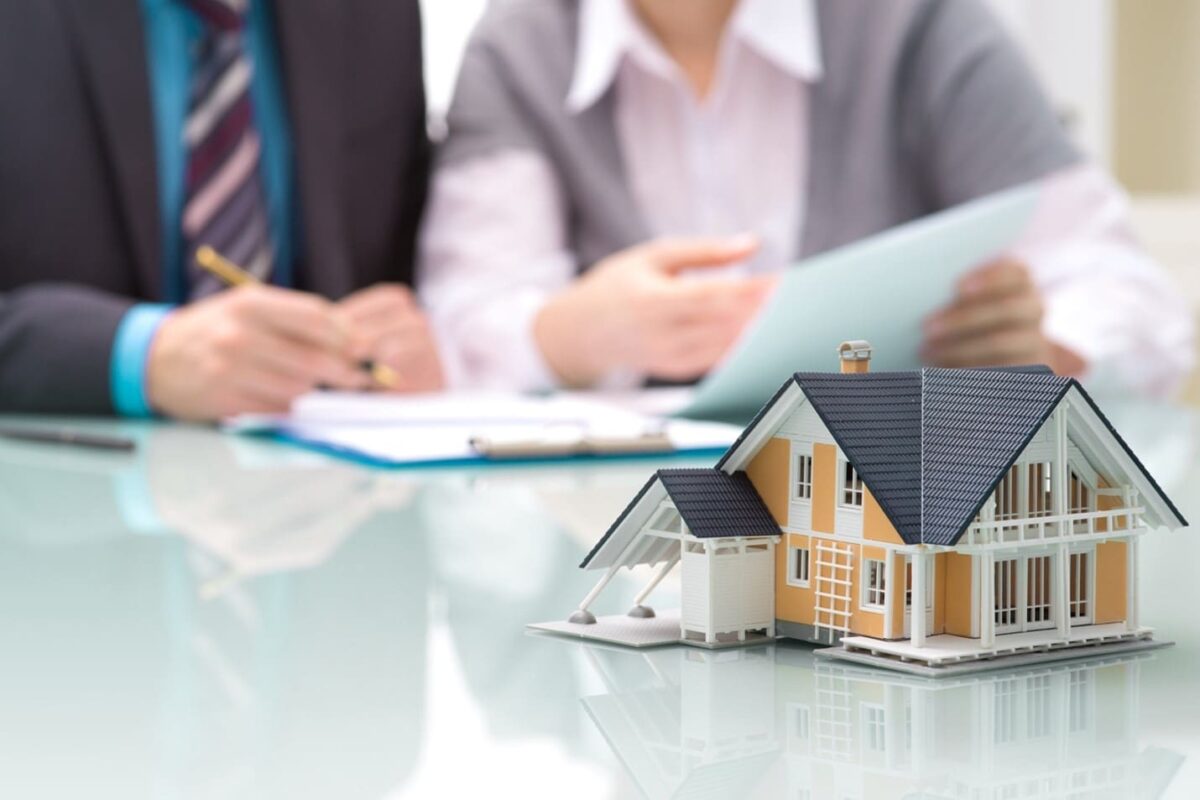











Awards & Achievement










Subscribe for the Latest Condo Deals
Apologies, our subscription list for this month is now full. Please register on our website to secure your spot for next month. Thank you for your interest!

